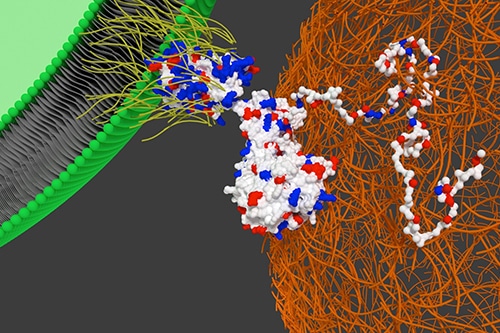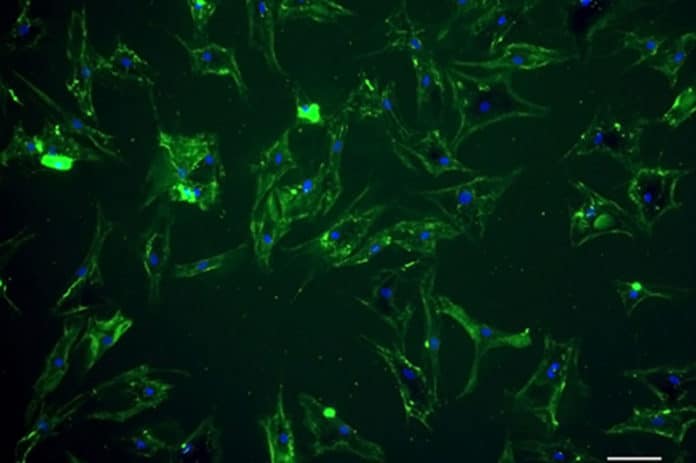Until now, stem cells- taken and grown from patients- have been used to regenerate damaged tissue. And the fascinating is, such treatments also showed promising results.
While these cutting edge cell treatments are on the horizon, enormous difficulties related to the distribution of the stem cells have remained.
Scientists at the Bristol‘s School of Cellular and Molecular Medicine have discovered a solution to such difficulties by modifying stem cells with a special protein so they ‘home’ to heart tissue. They have found a new way to direct stem cells to heart tissue.

Using this technology, scientists can re-engineer the membrane of cells, so that when they’re injected, they’ll home to specific tissues of our choice. Moreover, the technique is expected to improve the treatment of cardiovascular disease radically.
Dr. Adam Perriman, the study’s lead author, Associate Professor in Biomaterials, UKRI Future Leaders Fellow said, “We know that some bacterial cells contain properties that enable them to detect and ‘home’ to diseased tissue. For example, the oral bacteria found in our mouths can occasionally cause strep throat. If it enters the bloodstream, it can ‘home’ to damaged tissue in the heart causing infective endocarditis. We aimed to replicate the homing ability of bacteria cells and apply them to stem cells.”
Scientists primarily observed how bacterial cells use a protein called an adhesin to ‘home’ to heart tissue. Based on it, they then produced an artificial cell membrane binding version of the adhesin that could be ‘painted’ on the outside of the stem cells.
When testing on the animal, they demonstrated that their new cell modification technique worked by directing stem cells to the heart in a mouse.
Dr. Perriman said, “Our findings demonstrate that the cardiac homing properties of infectious bacteria can be transferred to human stem cells. Significantly, we show in a mouse model that the designer adhesin protein spontaneously inserts into the plasma membrane of the stem cells with no cytotoxicity, and then directs the modified cells to the heart after transplant. To our knowledge, this is the first time that the targeting properties of infectious bacteria have been transferred to mammalian cells.”
“This new technique carries enormous potential for the seven million people currently living with heart disease in the UK.”
The study is published in Chemical Science.
